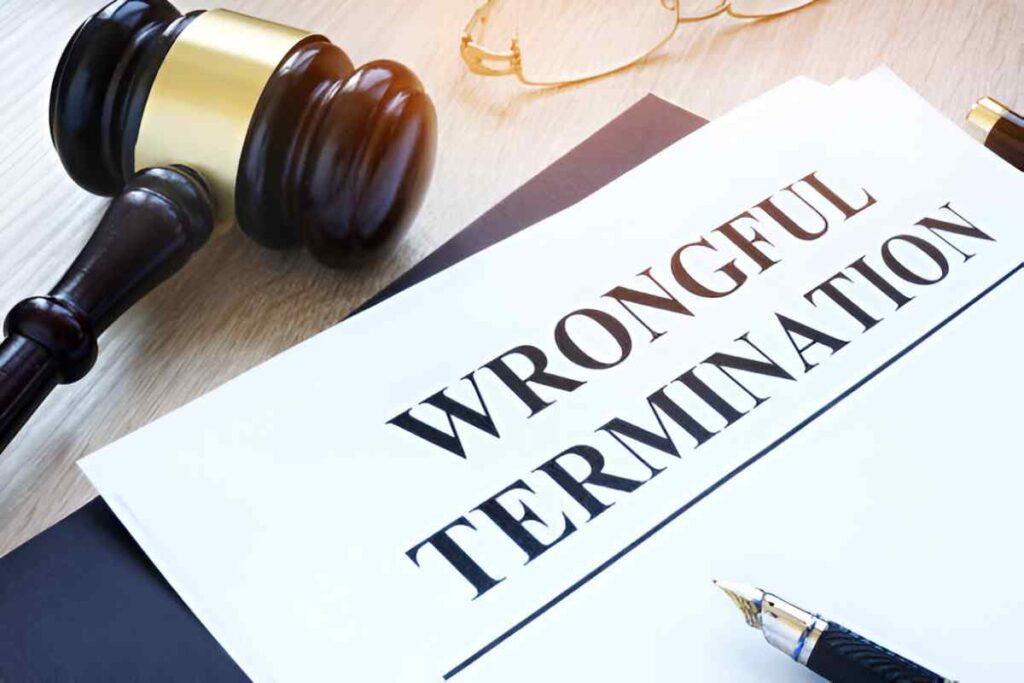As someone who has spent years navigating the complexities of finance and accounting, I’ve come to appreciate the importance of understanding the legal frameworks that intersect with these fields. One area that often goes overlooked but is critical to grasp is tort law. Whether you’re a business owner, a professional, or simply someone who wants to protect themselves from liability, understanding torts is essential. In this guide, I’ll walk you through the basics of tort law, its relevance in the U.S., and how it impacts individuals and businesses alike.
Table of Contents
What Are Torts?
Torts are civil wrongs that cause someone else to suffer loss or harm, resulting in legal liability for the person who commits the tortious act. Unlike criminal law, which deals with offenses against the state, tort law focuses on providing remedies for individuals harmed by the actions of others. Think of it as the legal system’s way of saying, “You broke it, you fix it.”
Torts can be intentional, negligent, or strict liability. Let’s break these down.
Intentional Torts
Intentional torts occur when someone deliberately causes harm to another person. Examples include assault, battery, defamation, and fraud. For instance, if I spread false information about a competitor to damage their reputation, I could be held liable for defamation.
Negligence
Negligence is the most common type of tort. It happens when someone fails to exercise reasonable care, resulting in harm to another person. For example, if I’m driving and I run a red light, causing an accident, I could be sued for negligence.
Strict Liability
Strict liability applies in cases where the defendant is held liable regardless of intent or negligence. This often comes up in product liability cases. If I manufacture a defective product that injures someone, I could be held strictly liable, even if I didn’t intend to cause harm.
The Economic Impact of Torts
Tort law isn’t just about justice; it has significant economic implications. According to the U.S. Chamber of Commerce, tort costs in the U.S. exceeded $400 billion in 2022. These costs include legal fees, settlements, and insurance premiums, which ultimately trickle down to consumers.
For businesses, understanding torts is crucial for risk management. A single lawsuit can cripple a small business. For example, if I own a restaurant and a customer slips on a wet floor, I could face a negligence lawsuit. The damages awarded could include medical expenses, lost wages, and pain and suffering.
Calculating Damages in Tort Cases
One of the most fascinating aspects of tort law is how damages are calculated. Let’s say I’m involved in a car accident caused by another driver’s negligence. The court may award compensatory damages to cover my medical bills, car repairs, and lost income.
In some cases, punitive damages are awarded to punish the defendant for egregious behavior. For example, if a company knowingly sells a dangerous product, the court may impose punitive damages to deter future misconduct.
To illustrate, let’s calculate compensatory damages in a hypothetical case:
- Medical expenses: $10,000
- Lost wages: $5,000
- Pain and suffering: $15,000
Total compensatory damages: $10,000 + $5,000 + $15,000 = $30,000
If punitive damages are awarded, they could be several times the compensatory damages, depending on the severity of the defendant’s actions.
Tort Reform in the U.S.
Tort reform is a hotly debated topic in the U.S. Proponents argue that excessive litigation and high damage awards drive up costs for businesses and consumers. Opponents counter that tort reform limits access to justice for victims.
One common reform is capping non-economic damages, such as pain and suffering. For example, some states have implemented a cap of $250,000 on non-economic damages in medical malpractice cases.
Tort Law and Insurance
Insurance plays a critical role in tort law. Businesses and individuals often purchase liability insurance to protect themselves from potential lawsuits. For example, if I own a construction company, I might purchase general liability insurance to cover claims related to property damage or bodily injury.
Premiums are calculated based on risk factors such as the type of business, location, and claims history. For instance, a construction company in a high-risk area might pay $10,000 annually for liability insurance, while a low-risk business might pay $2,000.
Case Study: McDonald’s Hot Coffee Case
No discussion of torts is complete without mentioning the infamous McDonald’s hot coffee case. In 1994, Stella Liebeck sued McDonald’s after suffering third-degree burns from spilled coffee. The jury awarded her $2.7 million in punitive damages, which was later reduced to $480,000.
This case is often cited as an example of frivolous lawsuits, but the facts tell a different story. McDonald’s had received over 700 complaints about its coffee being too hot, yet it continued to serve it at 180^\circ F, significantly hotter than industry standards. The punitive damages were intended to send a message.
Tort Law and Socioeconomic Factors
Tort law doesn’t exist in a vacuum; it’s influenced by socioeconomic factors. For example, low-income individuals may struggle to access legal representation, limiting their ability to pursue tort claims. On the other hand, businesses in high-risk industries may face higher insurance premiums, impacting their bottom line.
Practical Tips for Navigating Tort Law
- Document Everything: If you’re involved in an incident, document the details. Take photos, gather witness statements, and keep records of expenses.
- Understand Your Insurance Coverage: Review your liability insurance policy to understand what’s covered and what’s not.
- Consult an Attorney: If you’re facing a tort claim, consult an attorney who specializes in tort law. They can help you navigate the legal process and protect your rights.
Conclusion
Tort law is a complex but essential area of the legal system. Whether you’re an individual or a business owner, understanding torts can help you protect yourself from liability and navigate the legal waters with confidence. By grasping the basics of intentional torts, negligence, and strict liability, you can make informed decisions and mitigate risks.





